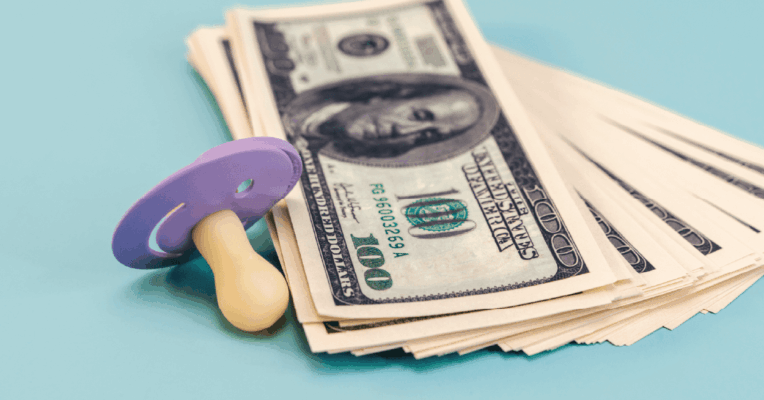Give Yourself a Raise!
When was the last time you gave yourself a raise?
Whether you are preparing your taxes, reviewing financial statements, or anticipating an income change, it is a good time to do some financial housekeeping. Take a moment and reflect. When was the last time you reviewed how much are you contributing to your employer retirement plan? Are you missing an easy savings opportunity?
As an employee, the maximum amount you can contribute in 2020 to a 401(k), 403(b), or profit-sharing plan is $19,500, an increase of $500 over 2019.
If you turn 50 years old sometime during 2020 (or are older), you are eligible to make additional catch-up contributions of $6,500, another increase of $500 over 2019. So if you are over age 50 and maxed out your contribution in 2019 to $25,000, it is time to give yourself a retirement raise and contribute an additional $1,000 to max out your contributions for 2020. If you are under age 49, consider boosting your retirement savings to $19,500.
What is better, contributing a percentage or an amount?
If you are like most employees, you may have your contributions on “autopilot” by contributing a set percentage of your income. Perhaps you received a raise last year? If you did and your retirement contributions are a percentage of your income, then contributions will go up when your income goes up, up to the maximum limits. However, if your contributions are a fixed dollar amount, then it is worth an extra look to determine how much you are saving and if there are benefits to adjusting upwards to the new 2020 savings limits.
Does $500 really matter?
Consider this: an extra $500 invested every year over 20 years at a conservative 5 percent return is worth $16,532 in the future. What would you do with that extra benefit? Perhaps a trip in retirement or part of a down payment on a vacation home? Whether this would be considered taxable income when withdrawn depends on how you initially saved it (e.g., traditional pre-tax 401(k) or Roth 401(k)).
Ah yes, and then there are the tax benefits. During peak earnings years, deferring extra dollars into a pre-tax retirement plan saves your tax rate on dollars saved this year. So, if you save an extra $500 pre-tax and you are in the 25 percent tax bracket, you defer paying taxes of $125. What would you do with that extra benefit? Perhaps dinner out? Do not spend it all in one place—you still need to pay taxes upon withdrawal in retirement if you saved it in a pre-tax traditional retirement plan.
Traditional pre-tax savings or Roth?
Discuss the benefits of traditional pre-tax 401(k) savings versus Roth 401(k) savings with your financial advisor or tax professional. Typically, young accumulators benefit more from after-tax Roth savings. Check to see if your workplace retirement plan has a Roth option. You do not get a tax deduction in the year you contribute to a Roth 401(k), but you can withdrawal funds and gains tax-free at retirement.
For high-wage earnings in higher tax brackets, it may make sense to save into traditional pre-tax savings, get the tax deduction (up to the limits), and hope you are in a lower tax bracket when you retire (subject to IRS bracket changes).
So give yourself a raise! Check what you are currently contributing to your retirement plan and if it is less than the new 2020 amounts ($19,500 under age 50; $26,000 age 50 or older), evaluate your cash flow to see if you can save a little extra today to give yourself a raise down the road.
Are you wondering how to increase your contributions or if your retirement plan has a Roth option? Log into your retirement plan’s website and examine your contribution details.
If Brighton Jones serves as your retirement plan investment advisor, reach out to our team for support.
Read more on our blog:





